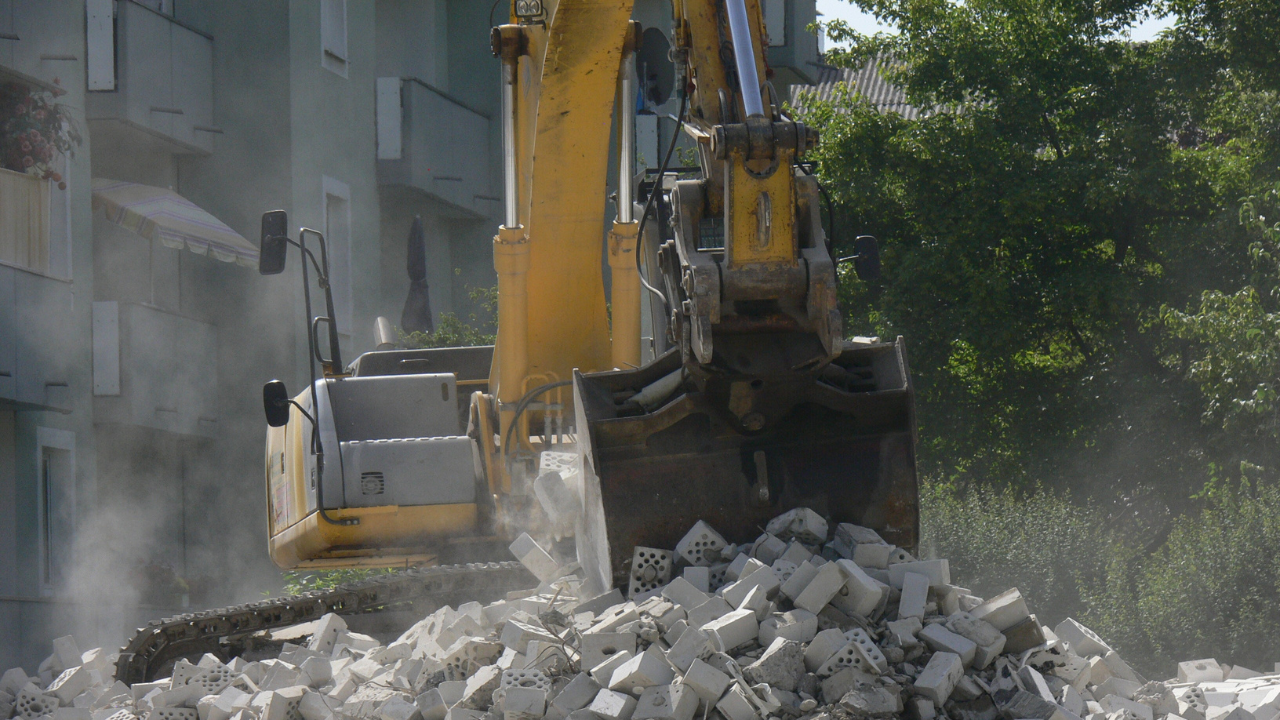The construction industry plays a vital role in the economy of many countries. During the height of the pandemic, the UK government sought out different measures to keep the construction industry ticking along.
Job creation is also an essential benefit of the construction sector, and it generates over 2.93 million jobs for people. In the UK, for instance, the construction industry is the largest sector of the economy as it contributes approximately £90 billion to the national economy. You can safely say the sector generates about 10% of the total UK employment in the UK.
Construction labour cost
Labour costs are quite a critical element in construction budgets. The Construction Labor Market Analyzer states that the overall labour costs for most projects range between 20% – 40% of the total costs. It indicates the proportion of labour cost in the construction financial outlay. The percentage of labour costs against the entire budget may differ from site to site.
Labour cost varies depending on the nature of the task. For example, in the UK, the average hourly rate for a builder is £15-£25, and their daily charge is £120 to £200. Bathroom fitters charge slightly more at £18 to £31 on an hourly basis and £150 to £250 as a day charge. The labour cost can gradually build up when several tasks are required to be completed across multiple days. Further research on UK construction labour costs reveals that the sharp increase witnessed a while ago is gradually returning to normality.
The need for optimising labour performance at construction sites
We have earlier mentioned how a rising labour cost has plateaued in recent months; regardless, getting the best outcomes from construction labour remains a priority for most developers or construction companies. The labour cost is fixed at an hourly or daily rate. Still, the task completion or labour performance can vary depending on factors such as weather, amenities on the site, the experience of the workers, workers’ morale, organisation standards, and quality and availability of materials. These are some of the factors that impact the efficiency of construction workers in getting things done to a very high standard. Portable toilets are also an essential element in optimising site efficiency.
How portable toilets impact construction labour cost
Labour costs are set to increase beyond project estimates or budget when tasks are not completed within the set timeframes. Workers can charge a fixed daily rate but fail to get tasks executed at a higher standard if the conditions at the site are not suitable. Here are some ways the absence of portable toilets can lead to a higher spend on construction labour
- Wasted time searching for toilets or using one a distance away: Time is essential in labor efficiency. Workers are less likely to waste necessary construction time when mobile units are situated at key points on these construction sites.
- The mental pressure of wondering how long it will take to get to the closest public toilet: Workers are more likely to perform at their best when they have an assurance that there are sufficient portable toilets nearby.
- Sufficient mobile toilets reduce queues: When developers hire enough mobile units on the building site, workers are less likely to spend crucial labour hours queuing up to use these facilities.




